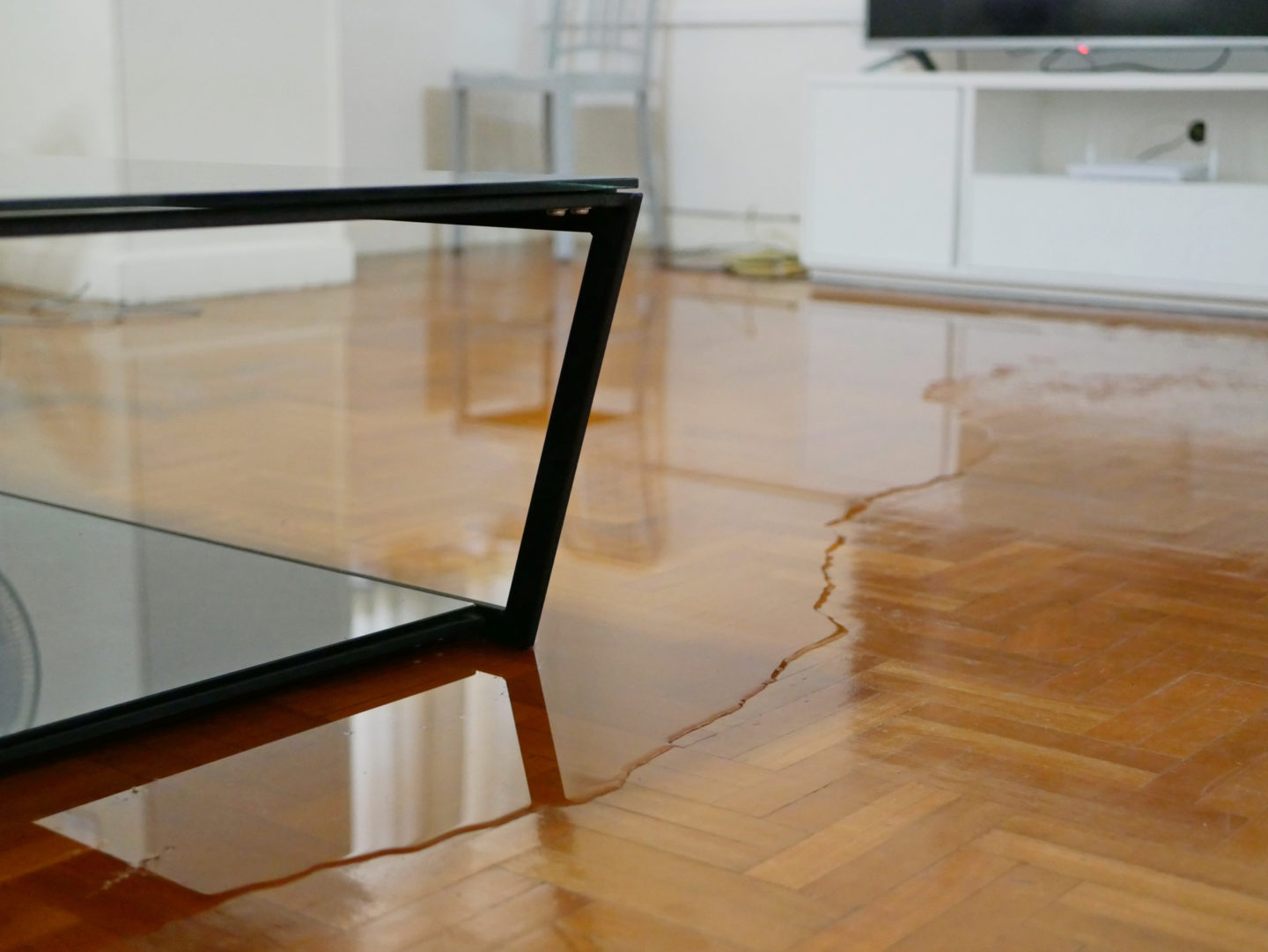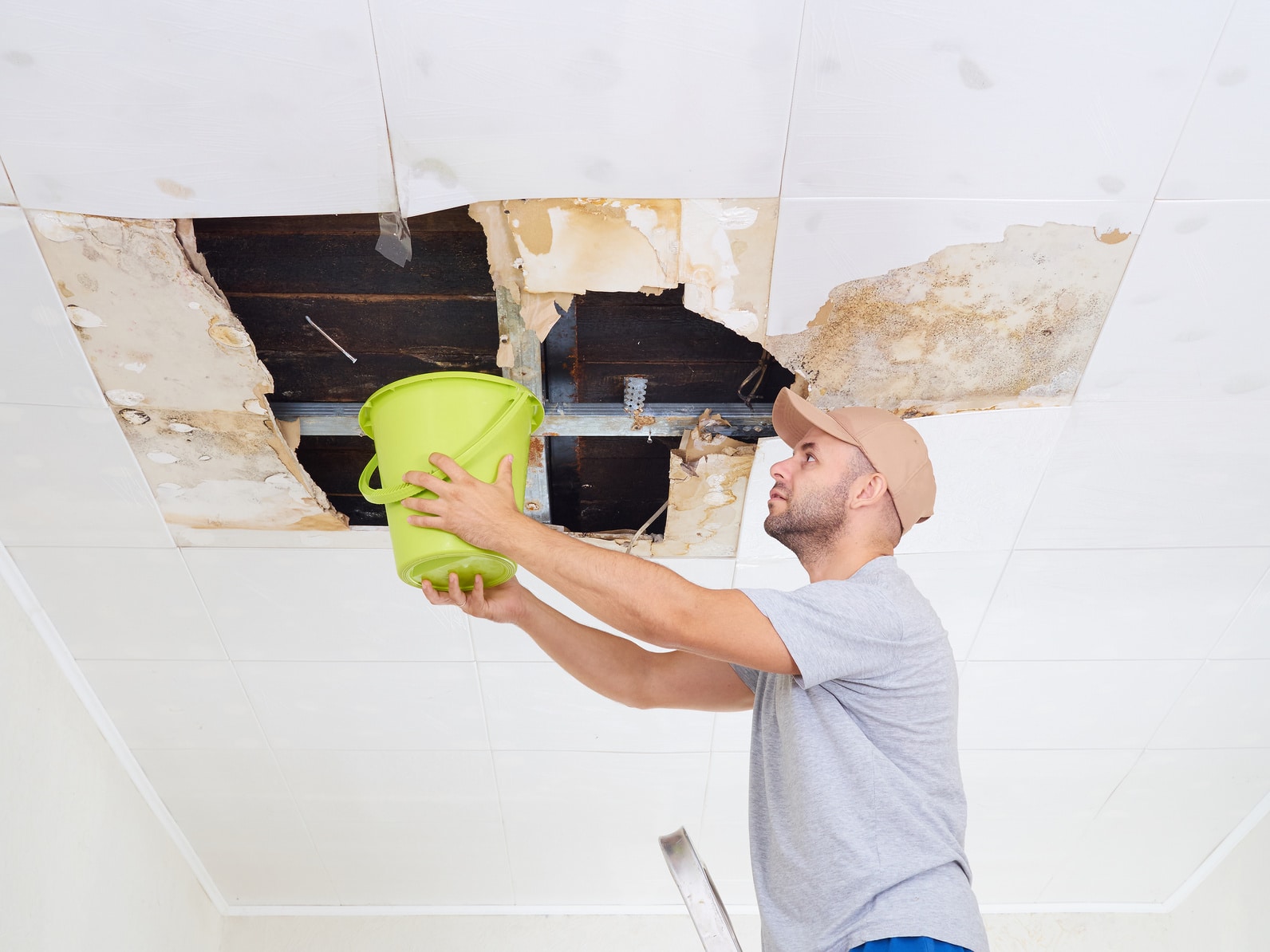Do's & Don'ts of Water Restoration.
Do's & Don'ts of Water Restoration.
Blog Article
Just how do you feel about Ways to Reduce The Risk Of Fire And Water Damage?

Water offers life, but water invasion on some parts where it's not expected to be can result in damages and aggravation. In addition, houses with water damages smell old and also musty.
Water can come from numerous resources like typhoons, floodings, ruptured pipes, leaks, as well as sewage system issues. If you have water damages, it's far better to have a working understanding of security preventative measures. Right here are a few guidelines on exactly how to take care of water damages.
Do Prioritize Residence Insurance Policy Coverage
Seasonal water damage can come from floodings, seasonal rainfalls, and also wind. There is additionally an occurrence of a sudden flood, whether it came from a malfunctioning pipeline that suddenly ruptures into your house. To secure your residence, obtain residence insurance that covers both acts of God such as natural calamities, and emergencies like busted plumbing.
Don't Forget to Turn Off Utilities
When disaster strikes and you're in a flood-prone location, switch off the major electric circuit. Switching off the power protects against
When water comes in as water serves as a conductor, electric shocks. Do not neglect to switch off the primary water line shutoff as a means to stop even more damages.
If the floodwaters are getting high, keep your furnishings secure as they can move as well as cause additional damage.
Do Keep Proactive as well as Heed Climate Signals
If you live in a location pestered by floods, remain ready as well as aggressive at all times. Listen to the information and emptying warnings if you live near a body of water like a creek, river, or lake.
Don't Ignore the Roof
Your roofing contractor must take treatment of the malfunctioning rain gutters or any kind of various other indications of damages or weakening. An assessment will certainly protect against water from moving down your wall surfaces and also saturating your ceiling.
Do Take Notice Of Tiny Leakages
There are red flags that can attract your attention and also suggest to you some damaged pipelines in your residence. Indications of red flags in your pipelines include bubbling paint, peeling off wallpaper, water touches, water discolorations, or leaking sounds behind the walls. Repair work as well as inspect your plumbing fixed before it results in substantial damages to your home, finances, and also an individual headache.
Don't Panic in Case of a Burst Pipe
Timing is crucial when it comes to water damages. If a pipeline ruptureds in your residence, instantly shut off your primary water shutoff to reduce off the resource and avoid more damages. Call a trustworthy water damage restoration specialist for support.
Water provides life, yet water breach on some components where it's not intended to be can result in damages and also hassle. In enhancement, homes with water damages smell stuffy and old.
Seasonal water damage can come from floods, seasonal rains, and wind. Indications of red flags in your pipes include bubbling paint, peeling off wallpaper, water streaks, water spots, or leaking noises behind the walls. If a pipe bursts in your home, instantly shut off your primary water valve to reduce off the resource as well as protect against even more damage.
Some Do's & Don't When Dealing with a Water Damage
DO:
Make sure the water source has been eliminated. Contact a plumber if needed. Turn off circuit breakers supplying electricity to wet areas and unplug any electronics that are on wet carpet or surfaces Remove small furniture items Remove as much excess water as possible by mopping or blotting; Use WHITE towels to blot wet carpeting Wipe water from wooden furniture after removing anything on it Remove and prop up wet upholstery cushions for even drying (check for any bleeding) Pin up curtains or furniture skirts if needed Place aluminum foil, saucers or wood blocks between furniture legs and wet carpet Turn on air conditioning for maximum drying in winter and open windows in the summer Open any drawers and cabinets affected for complete drying but do not force them open Remove any valuable art objects or paintings to a safe, dry place Open any suitcases or luggage that may have been affected to dry, preferably in sunlight Hang any fur or leather goods to dry at room temperature Punch small holes in sagging ceilings to relieve trapped water (don't forget to place pans beneath!); however, if the ceiling is sagging extremely low, stay out of the room and we'll take care of it DO NOT:
Leave wet fabrics in place; dry them as soon as possible Leave books, magazines or any other colored items on wet carpets or floor Use your household vacuum to remove water Use TV's or other electronics/appliances while standing on wet carpets or floors; especially not on wet concrete floors Turn on ceiling fixtures if the ceiling is wet Turn your heat up, unless instructed otherwise

Do you like reading about What You Can Do At Home To Prevent Fire And Water Damage? Put feedback down the page. We will be delighted to know your suggestions about this page. We are looking forward that you come back again in the near future. Be sure to take the time to distribute this entry if you enjoyed it. Thank you so much for your time invested reading it.
Report this page